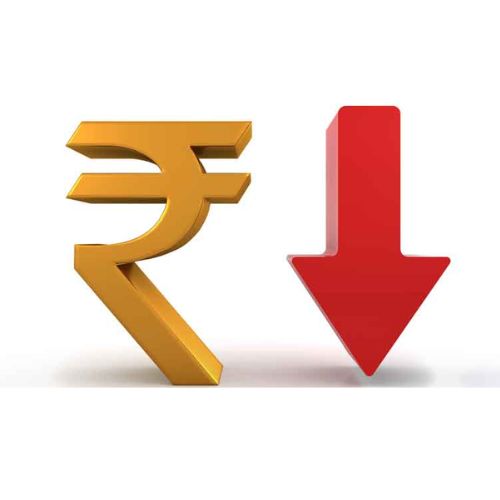The government and the Monetary Policy Committee (MPC) of the Reserve Bank of India (RBI) seem to have differing views on the projected nominal economic growth for the 2023-2024 financial year.
This projection plays a significant role in determining key figures such as taxes and the fiscal deficit, which are estimated in the budget. While the government’s projection appears to be more conservative, the MPC’s projection is reportedly more optimistic.
The Monetary Policy Committee (MPC) of the Reserve Bank of India (RBI) recently concluded a meeting and set the nominal GDP growth rate at 11.7% for the 2023-2024 financial year. The MPC did not provide a projection for the nominal GDP growth, but they estimated the real economic growth at 6.4% and retail price inflation at 5.3%.
The budget for the upcoming financial year has predicted a nominal growth in Gross Domestic Product (GDP) of 10.5%, taking it from its current estimated value of Rs 273.08 trillion to a predicted value of Rs 301.75 trillion. Although the budget document did not provide a detailed breakdown of this growth into real economic growth and inflation, officials from the Ministry of Finance have stated that the former is expected to be 6% and the latter to be 4.5%.
If the projections made by the Monetary Policy Committee (MPC) are accurate, various numbers in the budget may change once the revised estimates are calculated. For example, the budget estimated growth in tax receipts of 10.44%, which is almost the same as the growth projected for nominal GDP.
The predicted growth in tax revenue, even at 10.44%, was considered to be a conservative estimate, as there was expected to be an increase in tax revenues due to increased economic activity. However, if the projections made by the Monetary Policy Committee are accurate, the tax revenue growth should be at least 11.7%.
With a growth of 11.7%, tax revenues are expected to reach Rs 33.99 trillion, as opposed to the budgeted estimate of Rs 33.61 trillion.
Along with taxes, other financial metrics such as the fiscal deficit are also subject to change. Even with the assumption that government expenditures will increase in proportion to tax revenue and the fiscal deficit will stay at the projected amount of Rs 17.87 trillion for the 2023-24 fiscal year, the discrepancy between the government’s expenditures and revenue would be 5.8 percent instead of the 5.9 percent stated in the budget.
The Monetary Policy Committee (MPC) has determined that both internal and external economic factors will result in increased economic growth and reduced inflation compared to previous projections. As a result, the committee has revised its forecast for the consumer price index-based inflation rate for the current fiscal year to 6.5 percent and for the fourth quarter to 5.7 percent, down from its earlier predictions of 6.7 percent and 5.9 percent respectively.
The MPC has made a significant change to one of its key assumptions. In December, it had estimated the average price of the Indian crude basket to be $100 per barrel, but it has now revised this assumption to $95 per barrel. This change was made as the actual price of the crude basket has been below $90 per barrel since October, reaching as low as $80.76 as of February 7th, and averaging at $80.92 in January.
With the assumption of a normal monsoon, the MPC has projected inflation to be 5.3 percent for the next fiscal year, which it did not provide in the previous policy. However, it maintained its projections for the first two quarters at 5 percent and 5.4 percent, respectively, and estimated inflation for the third and fourth quarters to be 5.4 percent and 5.6 percent.
In its previous policy, the MPC had forecast real economic growth for the first quarter of 2023-24 at 7.1 percent, which it has now increased to 7.8 percent. It had also predicted 5.9 percent growth for the second quarter, which has been revised upwards to 6.2 percent.















